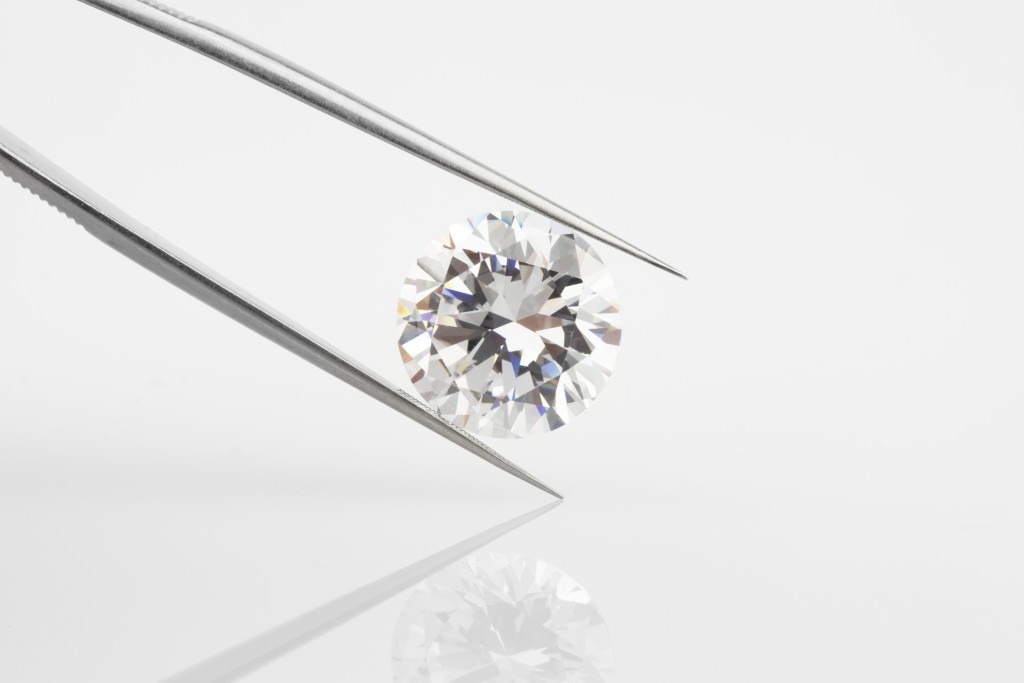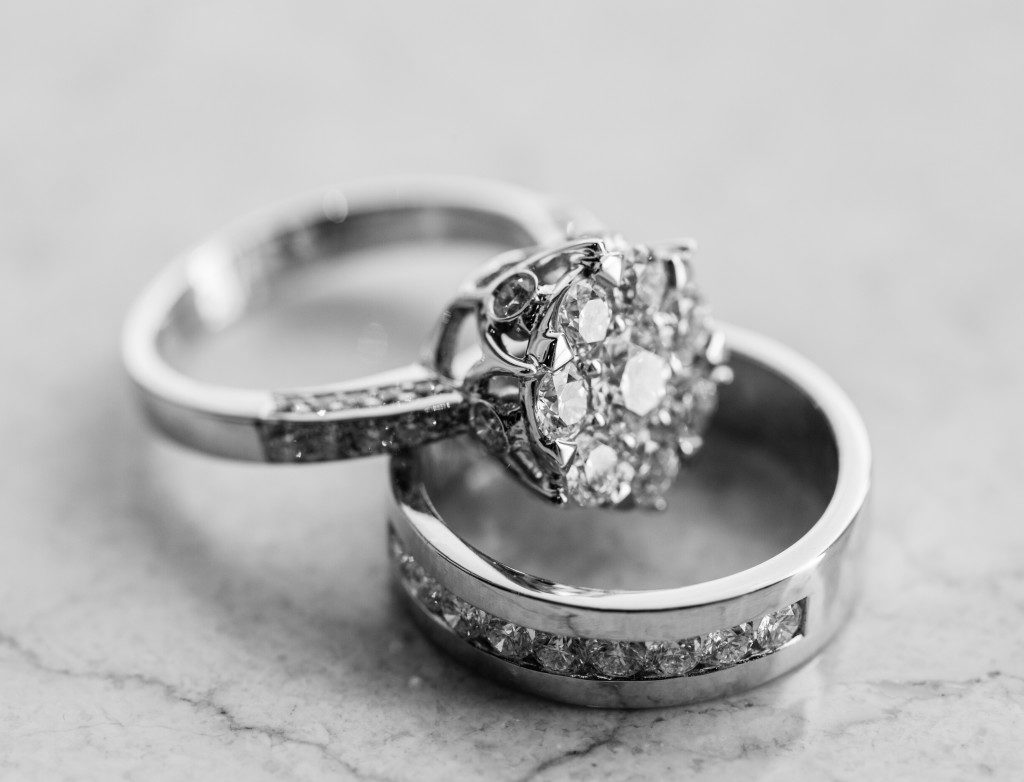What You Need to Know About Faux Diamonds

In today’s technology when anything can be produced artificially, not even diamond, the hardest mineral on earth, is safe from it. When someone says “faux” diamond, you may think about the synthetic or lab-created ones, but this type of diamond isn’t actually fake. Synthetic diamonds have exactly the same chemical and physical components as the natural ones, so they’re considered real.
Faux diamonds are pieces of gemstones that may appear the same as real diamonds, but they do not share the same chemical properties. You can see them in simulated white diamonds rings.
Here is a basic overview of simulated diamonds and how to distinguish them from the real ones:
Different Types and Distinguishable Qualities
Simulated diamonds are also known as diamond simulants. These simulants are also grown in a lab by heating the powdered minerals to a melting point, and then cooling them down until they solidify. They appear similar to real diamonds in terms of physical qualities, but note that their physical properties aren’t the same.
For one, their scores in the Mohs’ scale are relatively lower than the real diamond’s. The Mohs’ scale measures a mineral’s hardness, which can also determine its resistance to scratch. Real diamonds scored 10 on this scale, while the simulated ones’ scores range from 6-9.5.
Different types of simulated diamonds are Cubic Zirconia, Zircon, (Synthetic) Garnet, White Sapphire, (Synthetic) Moissanite, and (Synthetic) Rutile. Glass can also be used to make fake diamonds.
In general, the appearance of a simulated diamond is less sparkly than a real one. Real diamonds have superior polishes that never dulls. However, simulated ones can appear flawless and perfect, whilst a natural diamond may have very little imperfections. This is because natural diamonds came from deep underground, so the unnoticeable imperfections are just normal.
The edges of a diamond simulant are rounded compared to those of a real diamond, which are sharp. Simulated diamonds would also mostly be etched on a metal-plated ring, while real diamonds are mostly etched on real gold or platinum.
Best Types

The best varieties of simulated diamonds would be the ones that scored closest to the real ones in the Mohs’ scale. These are Moissanite (9.5), White Sapphire (9), and Cubic Zarconia (8.8-5).
Moissanite is actually rare minerals and most of them are grown in a lab. Its high score in the Mohs’ scale makes it one of the best substitutes for diamond. Real diamonds and moissanite look very similar. Both are hard, shiny, and colorless, but when light hits moissanite, it would emanate colorful sparkles, which a real diamond doesn’t do.
White sapphire’s toughness is also close to the real diamond’s. It’s also colorless but doesn’t emit colorful sparkles like the moissanite; thus, it’s also a popular diamond substitute.
Lastly, Cubic Zarconia (CZ) is also one of the most popular diamond substitutes because of its affordability. However, they are more susceptible to scratches than moissanite and white sapphire. After some time of using this mineral, the brilliance may wear off.
Should You Buy Simulated Diamonds?
It isn’t bad to buy faux diamonds. As long as you know the risks, such as possible wear off, then you know what you’re getting into and you’d be wise to take care of them properly. These diamond substitutes are made for those who may not have enough budget for a very expensive real diamond, and they can be made just as tough and beautiful as they can be.
You can bet that your future fiance will still be elated even if you couldn’t propose with a real diamond engagement ring. After all, a piece of jewelry isn’t only special because of its price, but because of its sentimental value.




